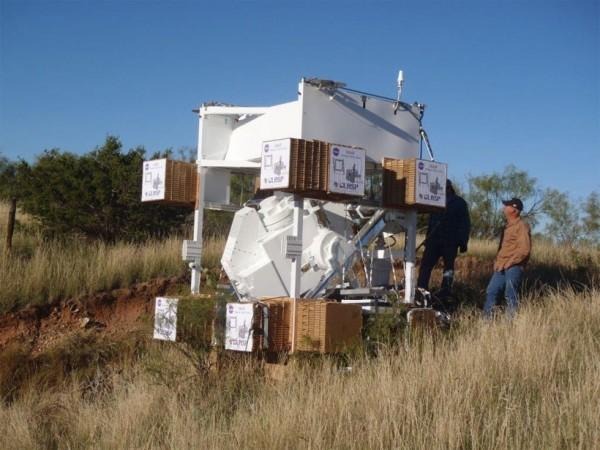NASA WASP System Allows Planetary Scientists To Use Balloons As Observation Platforms
Scientists have long used balloons to carry certain types of telescopes way up into the air to the stratosphere to get a better view of whatever they are trying to look at. The less atmosphere between the telescope and the target planet, the better the image quality and scientific measurements are for scientists. This is one reason why many observatories are positioned at high elevations.
Some scientific observation that involves telescopes have used balloons to carry the hardware into the stratosphere for a long time, but planetary scientists haven't been able to send their telescopes into the night sky using balloons. The problem for planetary scientists with normal balloon systems is that planetary scientists require a highly stable system to accurately aim the telescope and then track the planets as they move.

NASA has announced a new system that will now allow planetary scientists to use balloons to carry their telescopes into the air. The new system is called the Wallops Arc Second Pointer or WASP. WASP is able to point the balloon-born telescope systems at targets with sub arc-seconds accuracy. That means the balloon platform is able to aim and follow the planet being observed as it moves.
Arc-second pointing is very precise. The scientists compare arc-second pointing to the ability to find a dime from two miles away. WASP has had two flight tests so far with the last involving the accurate aiming of the HyperSpectral Imager for Climate Science carried to an altitude of nearly 122,000 feet. The system will be used with the Observatory for Planetary Investigations from the Stratosphere or OPIS flight this September.
SOURCE: NASA
